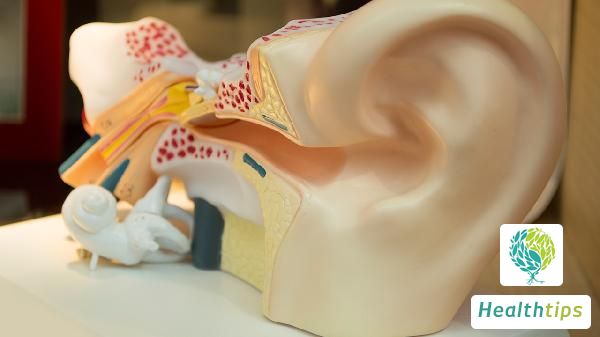How Can I Alleviate the Pain of Gout?
For the symptoms of redness, swelling, heat, and pain in the joints during the acute phase, general treatment and medication can be used for relief. However, for the chronic phase, it is necessary to control diet and use uric acid-lowering drugs.

1. Ice application: Properly apply ice within 24 hours of onset to help reduce local inflammatory reactions.
2. Elevate the affected limb: Patients need to elevate their lower limbs to promote blood flow back, thereby helping to reduce swelling and pain.
3. Massage: Under the guidance of a doctor, foot massage or acupuncture can be performed to improve blood circulation, further achieving the goal of reducing swelling and pain.
1. Non-steroidal anti-inflammatory drugs: Such as ibuprofen sustained-release tablets, diclofenac sodium sustained-release tablets, which have analgesic and antipyretic effects and can be used to relieve pain caused by gout.
2. Glucocorticoid drugs: If the above drugs are ineffective, it is recommended to follow the doctor's advice and use prednisolone acetate injection, dexamethasone sodium phosphate injection, and other drugs for treatment. However, long-term use is not advisable to avoid adverse effects.
3. Drugs that inhibit uric acid production: Commonly used drugs are allopurinol tablets, febuxostat tablets, etc. These drugs can reduce uric acid synthesis and lower uric acid concentration in the serum, which is beneficial for disease recovery.
4. Drugs that promote uric acid excretion: Such as benzbromarone tablets, probenecid tablets, etc. These drugs can reduce blood uric acid levels by increasing uric acid excretion and are suitable for those with normal renal function.
In addition to the above treatment methods, it is also necessary to maintain good lifestyle habits in daily life, avoid eating high-purine foods such as seafood and animal organs, quit smoking and alcohol, and keep warm to prevent being chilled.



















